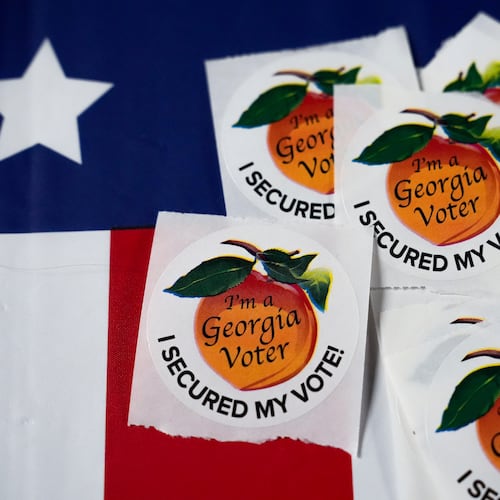President Barack Obama’s declaration of a National Day of Prayer today comes in the midst of much national attention to prayer.
Growing numbers of scientists in labs are using magnetic resonance imaging to look at the effect of prayer on the brain. Medical experts are debating whether prayer really makes you healthier. And legal scholars are haggling over whether a national day of prayer is even constitutional. Add to that the genesis of this day in 1952 during the height of McCarthyism, and it’s clear that prayer can quite neatly fill a multitude of agendas.
For most of the 90 percent of Americans who pray, prayer is not scientific, medical, legal or political. It is personal. While some people pray for national leaders, most pray for their families and loved ones, often combining prayers of petition with prayers of thanks.
My study of the prayers people write in hospital prayer books, for example, shows that about one-third are prayers of thanks, one-third are prayers of petition, and one-third combine prayers of thanks and petitions. Almost all focus on personal and familial issues, not public ones.
Americans might gain insight into our fascination with prayer by considering the “prayer gauge” debate that took place in 19th-century England. Scientist John Tyndall sparked this 1872 debate by suggesting, most likely based on the ideas of Sir Henry Thompson, that a hospital be made the focus of prayer. Following a set period of prayer, mortality rates at this hospital and others would be compared to determine if prayer was effective; that is, if fewer people died at this hospital than at others during the time of prayer.
While public prayers for cattle plagues (1865), cholera epidemics (1866), the health of Edward, Prince of Wales (when he contracted typhus in 1871), and for other national crises were common in England at this time, the idea of studying prayer scientifically was not. The debate generated by the suggestion, and the idea that prayer could be studied scientifically, led to its downfall and the experiment never took place.
While Americans may be more comfortable studying prayer today, attempts to define and measure it should not come at the expense of people’s experiences of prayer. In a nation where prayer takes on enormous significance at presidential inaugurations, high school graduations and political rallies of all kinds, the political and public dimensions of prayer can quickly overshadow the personal.
Large numbers of Americans tell survey pollsters that prayer is an important part of their daily lives, with 60 percent praying once a day or more. Of those who pray at least occasionally, 62 percent report receiving definite answers to specific prayer requests several times a year or more.
In a 2005 survey conducted by Baylor University, people were asked what they prayed about when they last prayed. Ninety-three percent said their families and 82 percent said someone they knew personally.
More people prayed about their spiritual lives or relationships with God (72 percent) or their health (61 percent) than about their personal financial success (34 percent). Some of these prayers were offered silently and others aloud, shared with family members and friends — the communities in which they are generated.
My research suggests that people who pray want the experience to be intimate, personal and spontaneous. Nothing could be further from this than an organized, politicized, nationalized day of prayer.
As Americans living in a religiously diverse nation, let us not allow debates about the science or politics of prayer to overwhelm the very real personal prayers offered not on a designated day of prayer but every day across our land.
Wendy Cadge is associate professor of sociology at Brandeis University in Waltham, Mass.
About the Author
Keep Reading
The Latest
Featured


